Few plants possess the mystery and allure of mugwort. Officially known as Artemisia vulgaris, mugwort is deeply entrenched in numerous myths and legends within the domains of magic and herbal folklore. This is especially true within the context of witchcraft. Revered for its potent magical properties and connections with the spirit world, mugwort continues to inspire many modern-day witches who are eager to reconnect with ancient traditions. It continues to be incorporated into spells, rituals, and other types of spiritual practices.
In modern times, it's common to find mugwort in witches' cupboards, and understandably so. It serves a multitude of purposes in spells and spiritual practices. The plant is regularly incorporated in spells and rituals to enhance dreams, establish contact with other spiritual realms, bolster intuition, dispel negative energy, and protect against harmful influences.
The Folklore of Mugwort
When people think of mugwort, they often envision medieval witches accused of cursing their neighbors, consorting with devils, and engaging in other dark practices. However, the history and significance of mugwort extend far beyond these connotations. This herb has been celebrated across various cultures for its medicinal benefits, association with lunar cycles, and capacity to enhance spiritual experiences long before it was linked with witchcraft.
Named after the goddess Artemis, mugwort was integral to the ancient Greek understanding of lunar cycles, fertility, divination, and protection. The Romans similarly revered mugwort, with soldiers and travelers often placing it into their shoes for safety and to ward off exhaustion. The Chinese revered this herb for its perceived ability to repel malevolent spirits, prevent diseases, and bestow blessings in the home. The Anglo-Saxons, too, considered mugwort as one of the "Nine Sacred Herbs," incorporating it into their healing charms and many other spiritual practices.
Despite acquiring a connection with witches and sorcery during the middle ages, mugwort became a widely utilized protective herb. It was commonly hung in homes to defend against witches and evil spirits or placed under doorsteps to deter unwanted visitors. The herb was symbolically linked with strength, as exemplified by the legend that John the Baptiste wore it around his waist to maintain his strength during his travels.
However, during the middle ages, the reputation of mugwort was blemished due to the growing fear and persecution of witches. It was believed that witches used mugwort in their 'flying ointments,' therefore, it was thought to aid in various transformative rituals and could be used for such things as shapeshifting, hedge riding, and other nefarious practices, spells, and rituals.
The Spiritual Properties of Mugwort & How to Use In Everyday Magic

The modern witch continues to revere mugwort for its many magical properties. Mugwort is associated with the moon, the element of fire, and feminine energy. It’s widely used as a powerful tool for those who wish to connect with their inner wisdom, intuition, and power.
Dreamwork and Divination
One of mugwort's most well-known magical properties is its ability to enhance dreamwork and intuition. Making mugwort tinctures, dream pillows, or burning some as incense is believed to aid in intuitive practices. When consumed or burned during divination practices such as reading tarot or casting the I-ching, mugwort can sharpen one’s psychic ability and help to facilitate interpretations. A sprig of Mugwort under the mattress is believed to encourage astral projection and lucid dreams.
Protection and Banishing
Mugwort has long been considered a protective herb and is revered for its ability to banish negative energy and ward off evil spirits. It can be burned in the home to banish negative energy, or it can be burned outside the front door to create a protective barrier. Placing a bundle of Mugwort above your front door or windows can prevent negative people from entering the home. A tea made of mugwort can be lightly sprayed on personal objects you value and wish to keep protected.
Ritual and Cleansing
Mugwort also possesses purifying qualities, both energetically and physically. Witches often incorporate mugwort into rituals for cleansing spaces, altars, tools, and themselves. Burning dried mugwort leaves during a ritual or smudging can help dispel stagnant energy, remove spiritual obstacles, and create a sacred atmosphere.
Healing and Herbal Remedies
Mugwort is not just used in magic; it has long been celebrated for its medicinal properties. Mugwort has calming and relaxing properties. It can help relieve stress, tension, and sleep disorders. It can be brewed into teas, added to bathwater, or used in aromatherapy to promote physical and emotional well-being.
How To Use Mugwort In Mugwort in Witchcraft and Spells: The Dream & Intuition Bath Spell

Mugwort is often employed in intuition rituals or spells due to its renowned ability to aid in prophetic dreams and intuitive awareness. This particular spell serves as an excellent method for fostering the right mental state to generate meaningful dreams and amplifying your innate intuitive capabilities, This spell is especially effective when seeking answers to specific inquiries.
You will need the following
- A 1/2 cup of Epsom salt or sea salt.
- Two teaspoons Lavender, one teaspoon Sage, one teaspoon Lemon Grass, and one teaspoon Mugwort.
- A Muslin Tea Bag.
- Psychic Intuition Oil or Dream Oil (optional).
- Two Blue Chime or Tea Light.
- A small square piece of paper and a pen.
- A piece of string or thread.
Begin by combining all of your herbs and gently grinding them down. Then take 3/4 of this combination and mix it with your Epsom Salt. Add 4 to 6 drops of Psychic Intuition Oil or Dream Oil directly into the Epsom Salt Mixture.
Next, write out your name three times on your piece of paper, turn the paper 90 degrees (clockwise), and write out your question or intention. Get your two candles and anoint them with your oil. Take your candles and anoint them with your oil.
Run a warm bath and add your Epsom Salt mixture. Place one candle at the head of the tub and one candle at the foot of the top. Under the candle closest to your head place the petition/paper under the candle. Make sure you put the candles in appropriate candle holders.
When ready, light your two candles and enter the bath. When in the bath, focus on letting go of negative thoughts, fears, or superficial chatter going through your mind. Try to let your mind be as still as possible. Briefly focus on your question and ask your higher self to help reveal any information that will bring you the answers or guidance you seek. Focus on this for no more than 2 minutes, then let it go. The rest of your time in the bath should be done quietly, allowing the mind and body to relax as much as possible.
When the bath is complete, exit the tub and extinguish the candles. These candles can be used again for the same exercise. Take your petition paper and add a pinch of the remaining herbs directly in the middle of the paper. Fold each quart of the paper towards the center until the herbs are fully covered. Then fold the paper in half, making sure the fold is facing your body. Turn it 90 degrees and repeat. Do this one more time. Tie it with your string and place it directly under your pillow or mattress. I recommend keeping a journal on the side of your bed; right before you go to sleep, ask your higher self to reveal to you any guidance or answer that pertains to your question.
When you wake up the following day, take 10 to 15 minutes to contemplate on your intention. What feelings or impressions do you experience? If you have a dream or thought that gives more insight into the issue at hand, Jot down this information and enter it into your journal; if you still need more clarity, continue practicing this ritual. Over time, you will intuitively know the answer you seek.
Sources:
Mugwort LoreAuthor(s): Edward A. ArmstrongSource: Folklore, Vol. 55, No. 1 (Mar., 1944), pp. 22-27 Published by: Taylor & Francis, Ltd. on behalf of Folklore Enterprises, Ltd.
Dietz, S. Theresa. The Complete Language of Herbs: A Definitive and Illustrated History. Wellfleet Press, 2022.

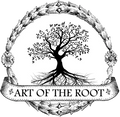
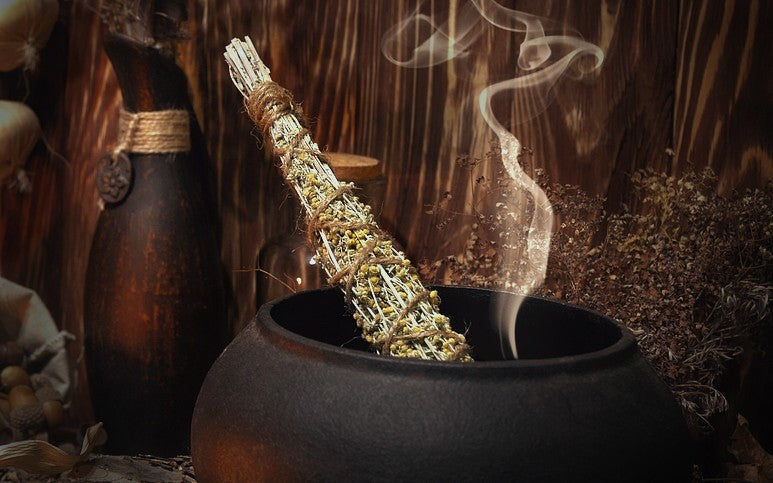
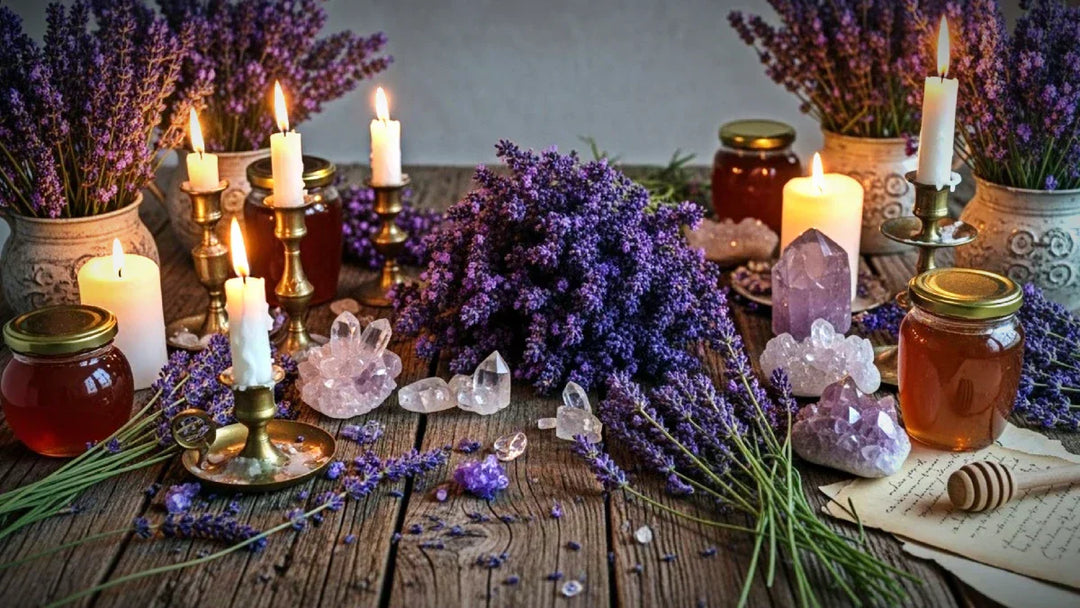
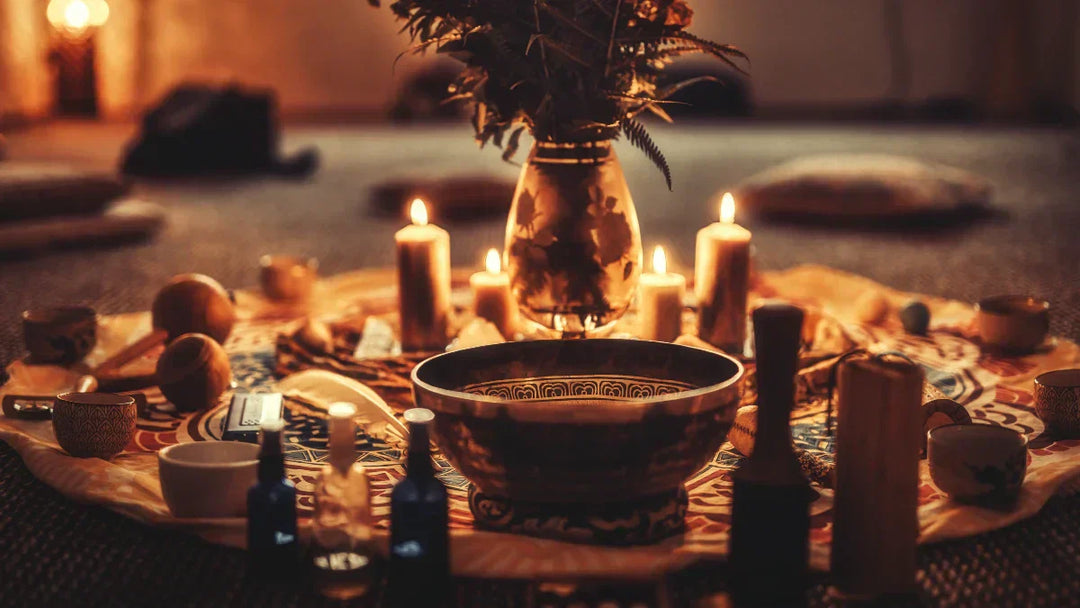
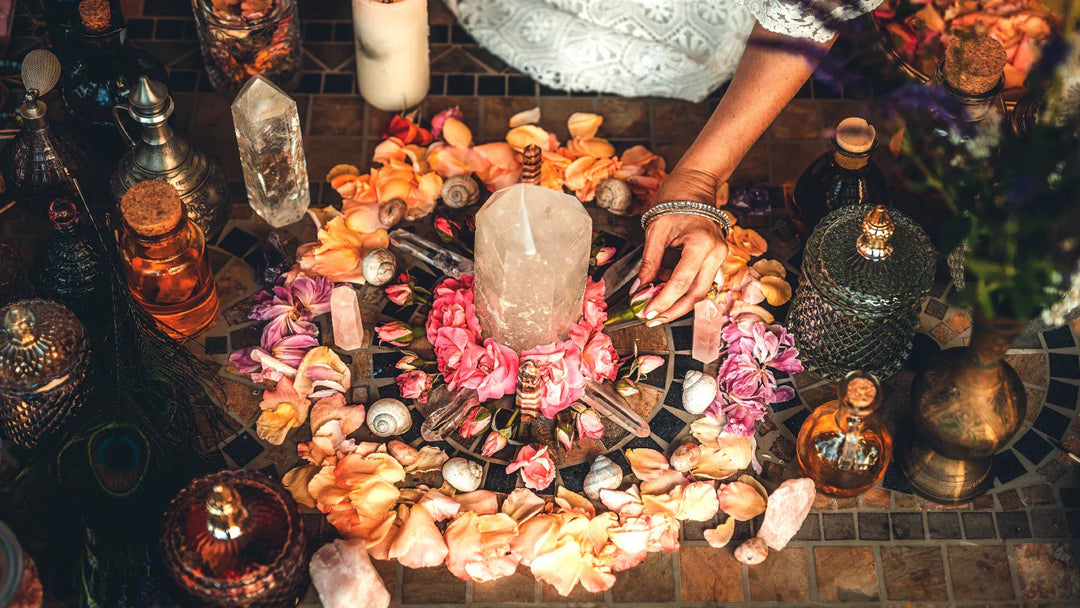
Leave a comment